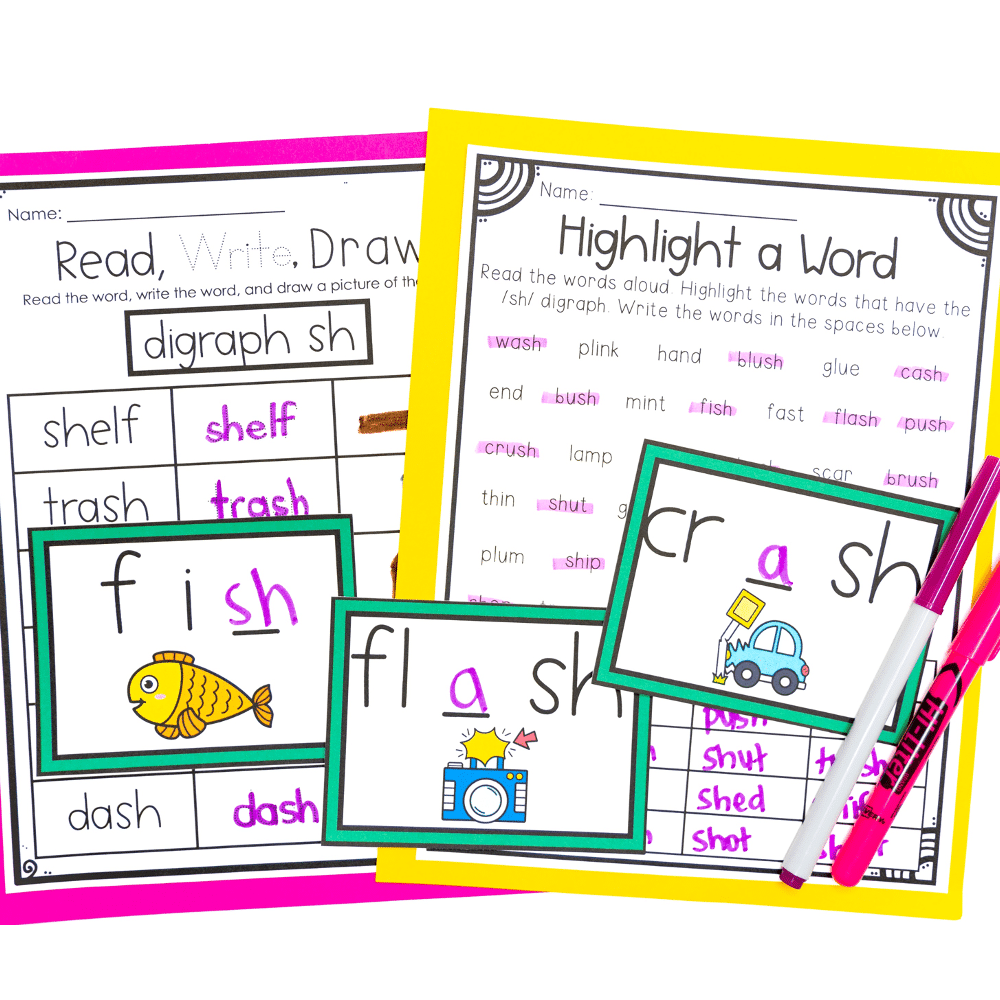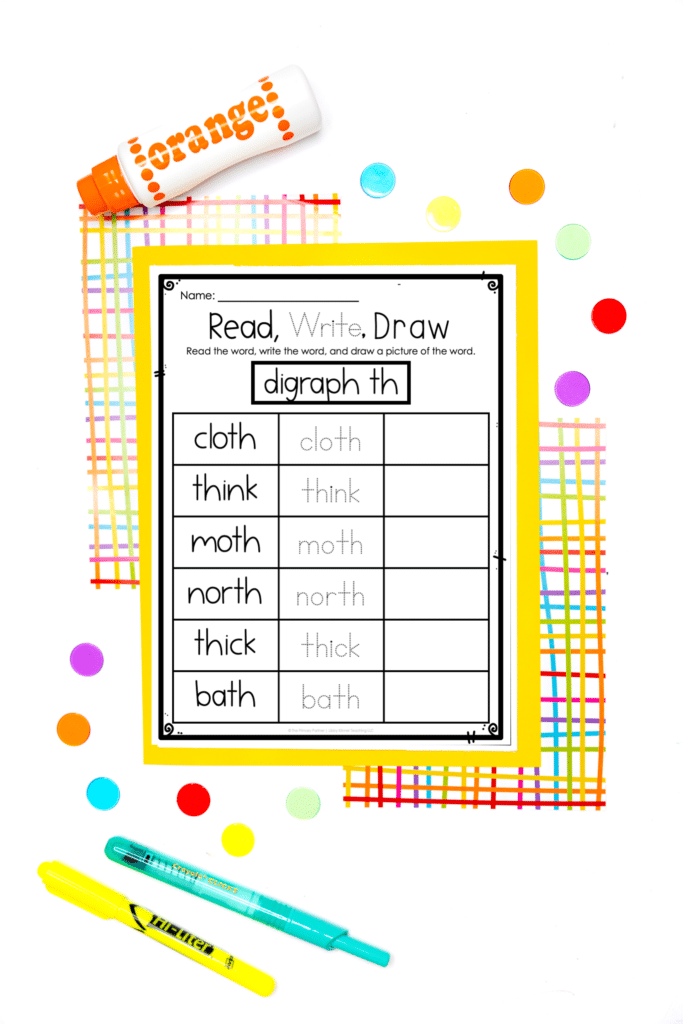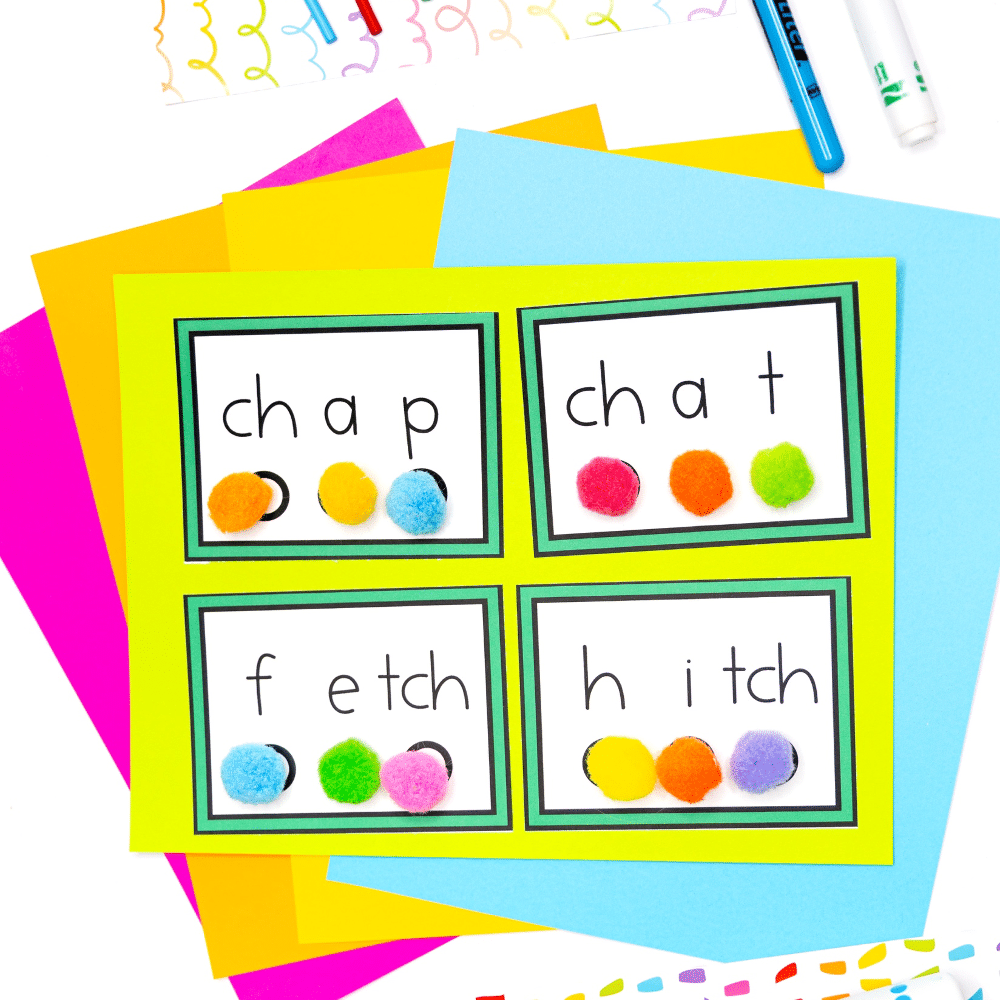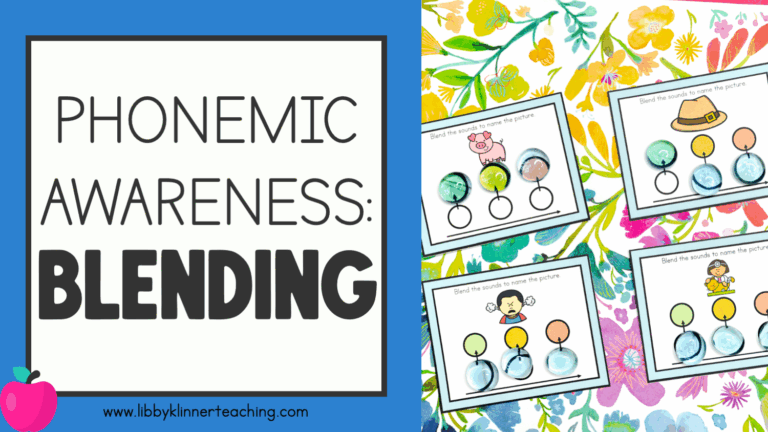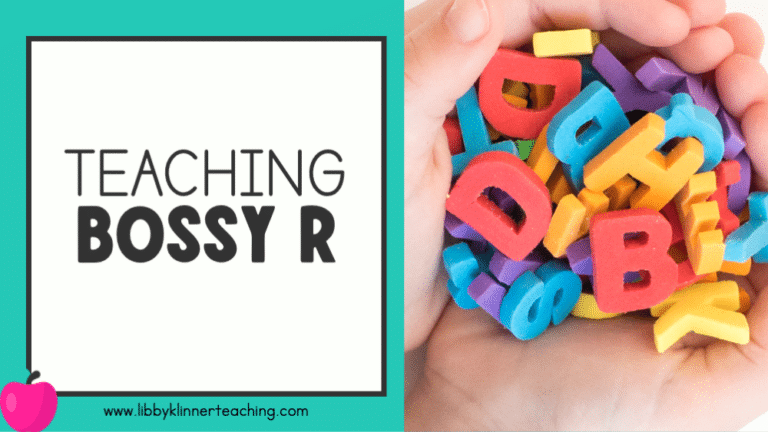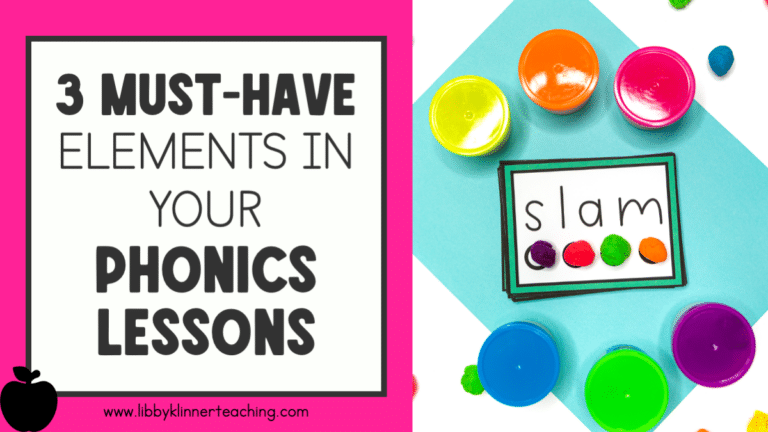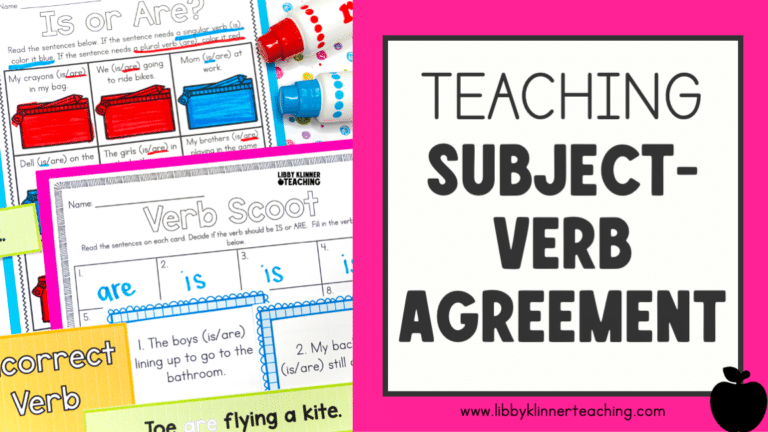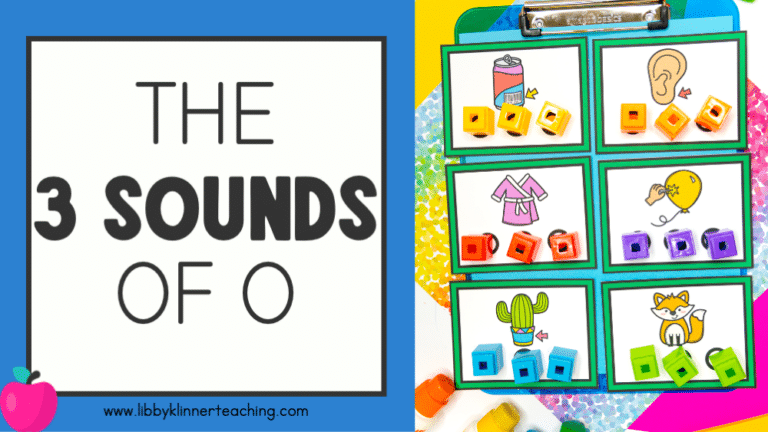Games and Activities for Teaching Consonant Digraphs


One of the trickiest concepts every reading teacher has to teach is the concept of consonant digraphs. Two letters, but one sound – it goes against all the other rules we teach. Every letter has a sound, but sometimes two letters with separate sounds combine to make a different sound like the NG digraph, TH digraph, CH digraph, and SH digraph. The WH digraph has the same sound as the W sound. And then there is the PH digraph which takes on the sound of the letter F. No wonder consonant digraphs are a tricky idea to master!

I always find that tricky concepts are much easier to learn when you make it fun. Digraph games and worksheets that students can interact with in literacy centers, groups, or independently can reinforce the literacy information you are teaching and create long term learning.

But what kind of activities will keep your learners engaged and learning? I have a few I would love to share with you! These activities will not only help your learners identify and master consonant digraphs, it will give them practice manipulating all sounds in words.

One digraph activity my students love is Color the Digraph. Students are given consonant digraphs worksheets and they are asked to identify the pictures that contain the target digraph. This activity can be differentiated because the pictures can be circled, colored, dabbed, or covered with a marker – whatever is easiest and most motivating for that particular learner.
From there we might move on to Highlight a Word, a digraph worksheet where students read an array of words and then highlight the words that contain the target digraph. The words that contain that digraph are then written in the boxes at the bottom of the page. This activity gives practice reading as well as writing and gives students the opportunity to use the digraph multiple ways.
Our next activity might be Read, Write, Draw, a digraph worksheet where students read a word with the target digraph, then they write the word, and last of all they get to draw a picture of the target word. Once again, they use the target digraph in multiple ways, making lots of connections.
Another activity that helps learners manipulate consonant digraphs, and other sounds as well, is Digraph Blending Cards. Learners use manipulatives like pompoms, counters, or balls of playdough to mark each sound in a word. This helps them grasp the concept that digraphs are one sound and helps learners with the phonemic awareness skill of blending sounds as well.
A digraph game that is popular in my classroom is Spin a Word. Students use a pencil and a paperclip as a spinner and spin the rime (ending) of a word. Students then write the rime, write the word, and identify whether it is a real word or not. Students always find the made up words entertaining in this one.
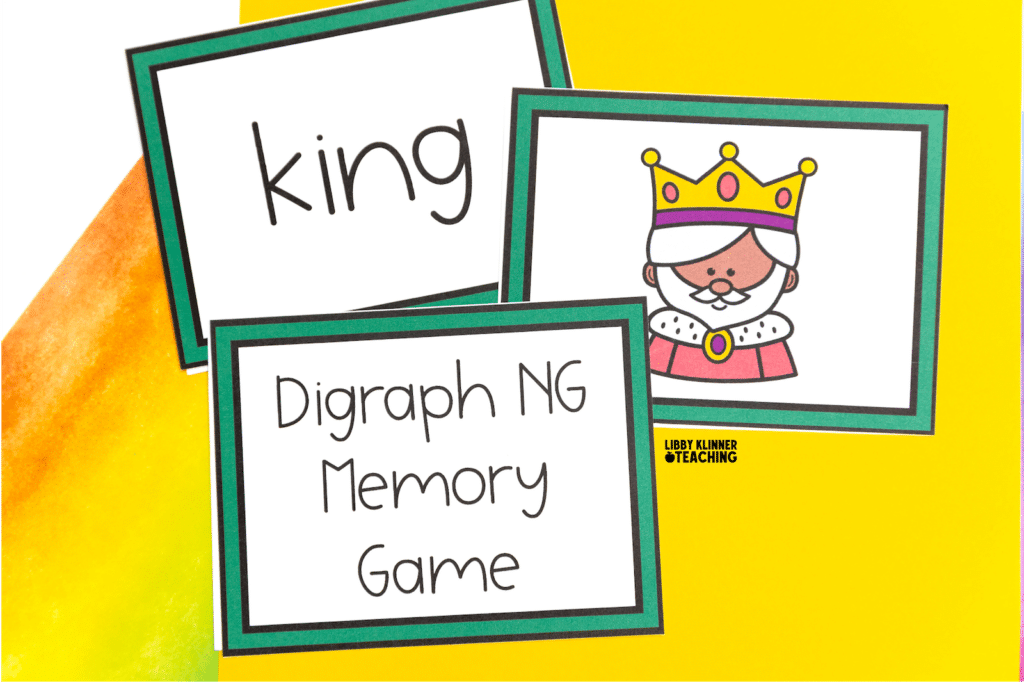

The final digraph game I want to highlight is the Digraph Memory Game. Played just like the classic game we all know and love, in this activity the students place rows of cards face down and then turn them over two at a time to try to match a written digraph word with its picture. I am always impressed with my students’ memories whenever I watch them play this game – I think they would all beat me!
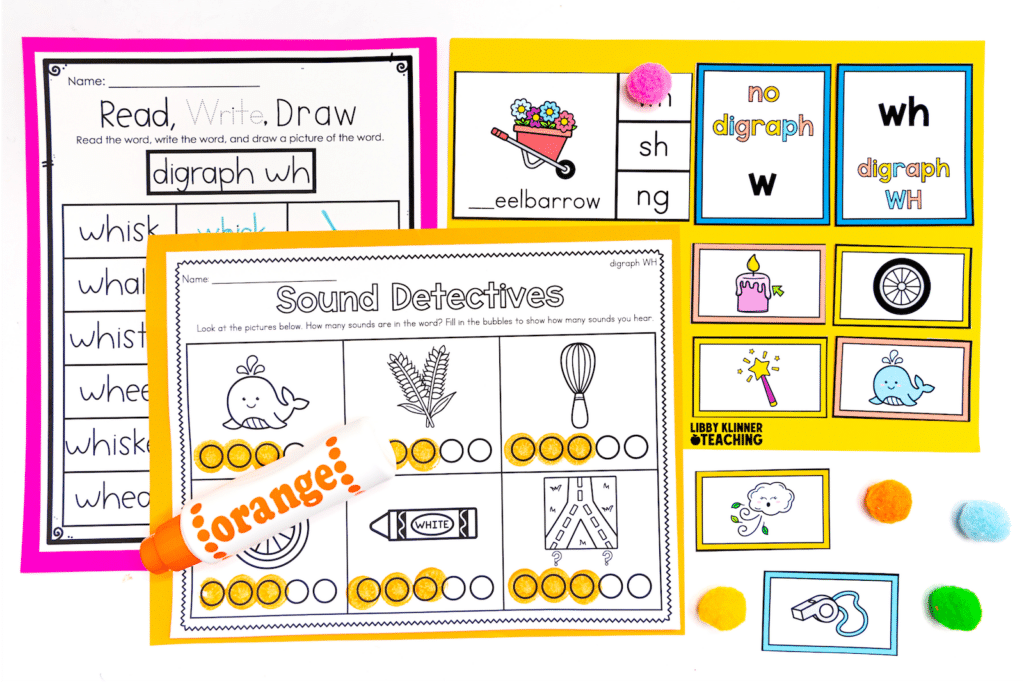
This is, of course, not an exhaustive list of word work activities that can reinforce the concept of consonant digraphs. I have a line of products in my TpT store that has 9-14 different games and activities for each of the consonant digraphs I mentioned in the first paragraph of this blog post – NG, CH, PH, SH, TH, and WH. The link below will take you to my store to see each of my Digraph Word Work activity packets. My packets will save you the time and energy of creating your own worksheets and games and allow you a much lower prep option. I hope your students will love them as much as mine!
Want to know how to incorporate these activities into your phonics lessons? Check out this blog post!

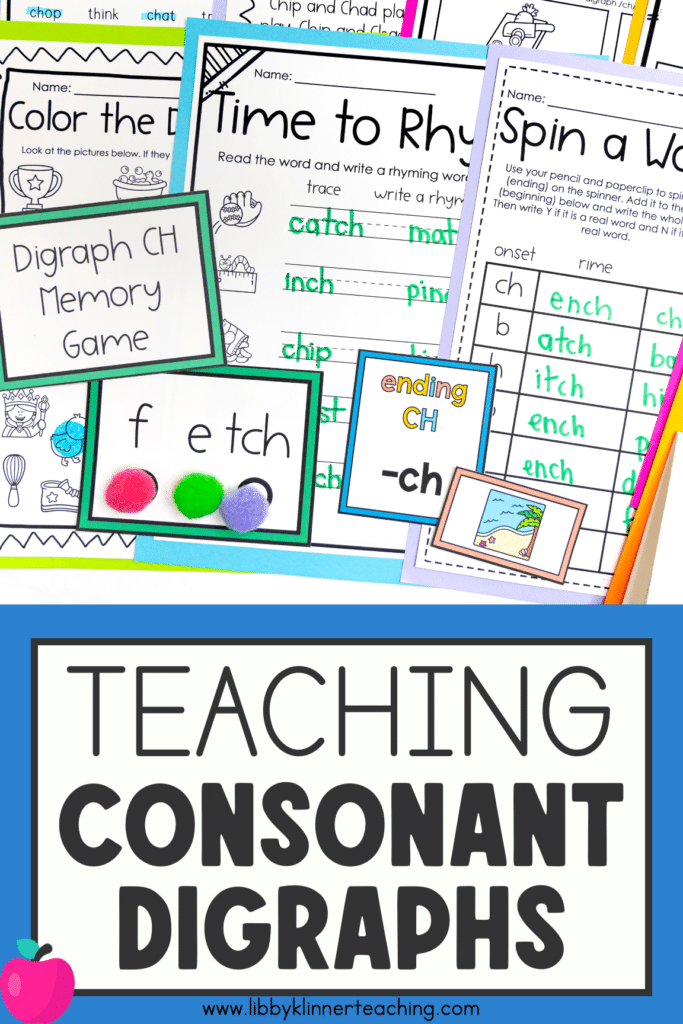

Hi, I’m Libby!
I’m so happy you’re here! I love all things first grade – the curriculum, the content, and the sweet kiddos. I’m passionate about helping K-2 teachers save time in the classroom with fresh ideas and fun, engaging resources.

